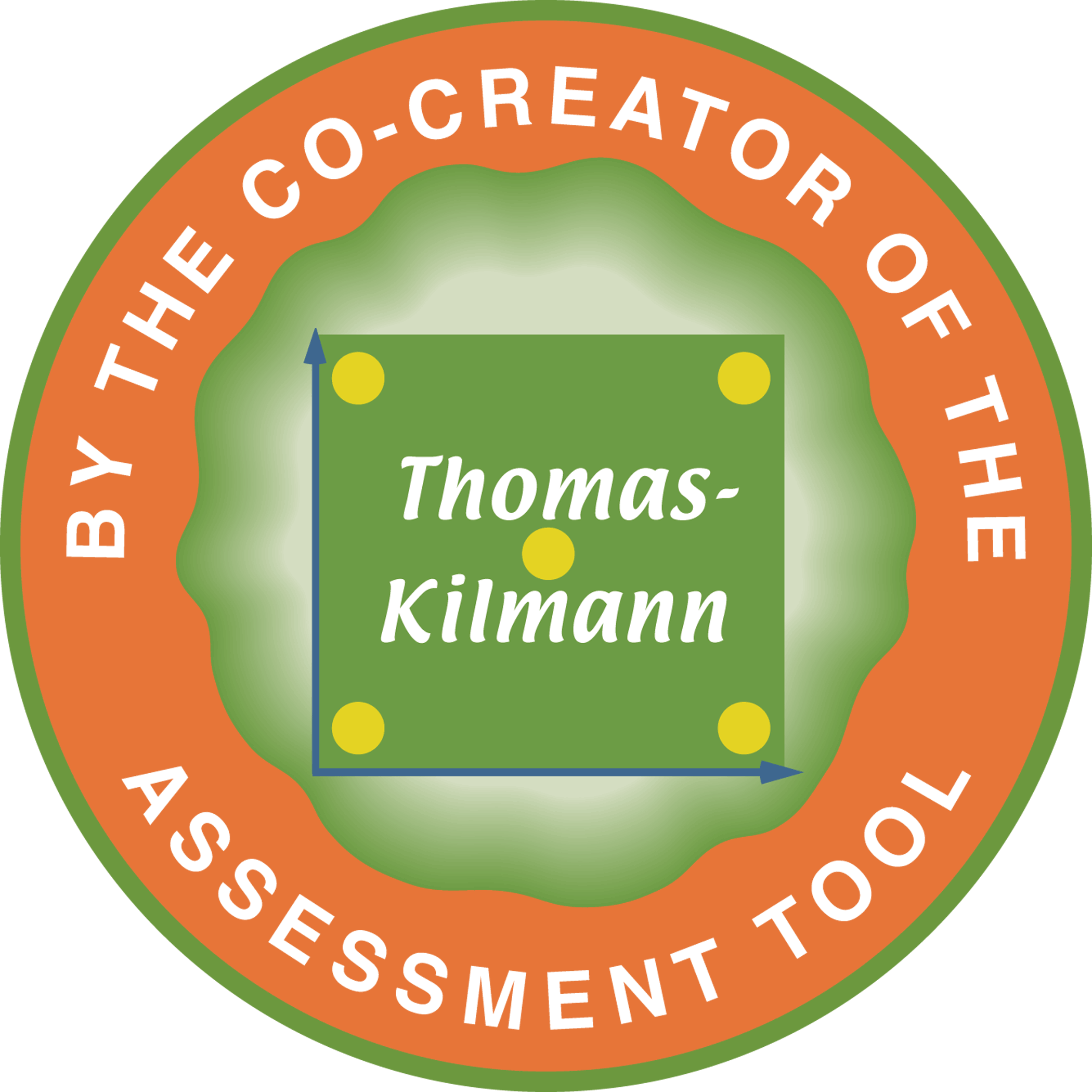08 Jan How Do Company Cultures Form and What Impact Does the CEO Have on the Company Culture?
Ralph H. Kilmann, co-author of the Thomas-Kilmann Instrument (TKI)
A company culture forms rather quickly in response to the organization’s mission, its setting, and what’s required for success: quality, efficiency, product reliability, customer service, innovation, hard work, and/or loyalty. When the organization is born, a tremendous energy is released as members struggle to succeed. The culture reflects everyone’s drive and imagination. As the reward systems and rules governing work are formally documented, they begin to have a more specific impact on shaping the initial culture, suggesting what behaviors and attitudes are important for success.

Such forces in shaping culture are further heightened by the impact of key individuals. For example, the founder’s objectives, principles, values, and behavior provide important clues as to what is expected from all members both now and in the future. Other top executives follow the founder’s lead and pass on the culture of the company to their subordinates. Edson W. Spencer, the former chief executive officer and chairman of Honeywell, Inc., realizes what impact he has had on his company’s culture:
“Most of us, very humbly, don’t wish to acknowledge that fact, but nonetheless the chief executive’s tone, his integrity, his standards, his way of dealing with people, his focusing on things that are important or not important can have a profound impact on the rest of the organization. What I am saying is that the way the chief executive and senior managers of the company conduct themselves as individuals has a more profound impact on how other people in the company conduct themselves than anything else that happens.”

Employees also take note of all critical incidents that stem from any management action — such as the time that so-and-so was reprimanded for doing a good job just because he wasn’t asked to do it beforehand. Incidents such as these become the folklore that people remember, indicating what the organization really wants, what really counts in getting ahead, or, alternatively, how to stay out of trouble. Work groups adopt these lessons as norms on how to survive and how to protect oneself from the system. Roy Lewicki suggests how the double standard — managers asking for one type of behavior while rewarding another — motivates employees to develop the necessary unwritten rules to survive and prosper:
“What an organization says it expects should be consistent with what it rewards — but that’s not always so. If an organization says it wants to aggressively develop new businesses, then presumably it should reward those who are the most aggressive in new business development. However, if it consistently promotes those who have done the best job in nurturing current accounts and ignores the entrepreneurs, employees will soon get the message that an organizational double standard exists. Employee discontent about this duplicity will soon find its way into lunch table or cocktail circuit conversation, where the “dos and don’ts” of organizational life are shared, evaluated, and communicated to new members. ‘Don’t listen to what management says,’ old-timers will warn; ‘do what others have been rewarded for.’”
As a culture forms around a recognized need, setting, and specific task requirements, it may be very functional at first. But, over time, the culture becomes an entity unto itself, independent of the initial reasons and critical incidents that formed it. As long as it is supportive of — and aligned with — the mission of the organization, the culture remains in the background. But if management attempts to make significant changes that impact on everyone’s behavior, the culture quickly rises to the occasion.
The hidden power of the culture is apparent when management attempts to make a major strategic shift or tries to adopt entirely new work methods. Management cannot pinpoint the source of apathy, resistance, or rebellion and is puzzled as to why the new work methods are not automatically and enthusiastically embraced by the membership.
To management, it is obvious that these proposed changes are necessary and desirable. Why cannot everyone else see this? The reason is that the proposed changes run counter to the culture that underlies the organization.
Top management is also caught in the grip of the firm’s separate and distinct culture. Employees from below wonder why managers “play it so safe” and why they keep applying the same authoritarian styles even though these simply do not work. Employees wonder why management is so blind to the world around them. They wonder if management is “mean” or just “stupid.”
Kilmann Diagnostics offers a series of eleven recorded online courses and nine assessment tools on the four timeless topics: conflict management, change management, consciousness, and transformation. By taking these courses and passing the Final Exams, you can earn your Certification in Conflict and Change Management with the Thomas-Kilmann Instrument (TKI). For the most up-to-date and comprehensive discussion of Dr. Kilmann’s theories and methods, see his 2021 Legacy Book: Creating a Quantum Organization: The Whys & Hows of Implementing Eight Tracks for Long-term success.




